
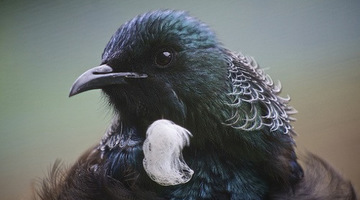
New Zealand is world famous for its unique birdlife. In our resources on conserving our native birds, we look at the issues surrounding the conservation of some of our threatened bird species ...
READ MORE
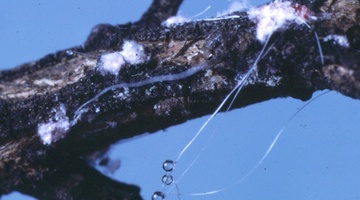
Our native forests – ngahere – have complex ecosystems. Within the wider ecosystems are smaller ecosystems, such as the one formed around honeydew. Honeydew is a sweet, sticky substance produced ...
READ MORE

Kim Oliver was a year 6 teacher on a 6-month Primary Science Teacher Fellowship awarded through the Royal Society of New Zealand, and her placement at the Science Learning Hub gave her the ...
READ MORE
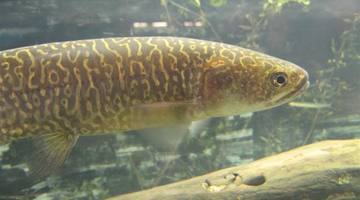
In this activity, students can test their knowledge of freshwater fish online or in a paper-based quiz. The quiz can be used as an introductory tool to gauge students’ prior knowledge, as a ...
READ MORE
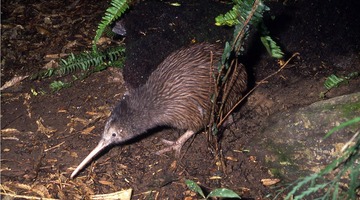
In this activity, students classify the different types of adaptations that New Zealand native birds have. Rights: Image courtesy of Ngā Manu Images Kiwi adaptations Structural adaptations that ...
READ MORE
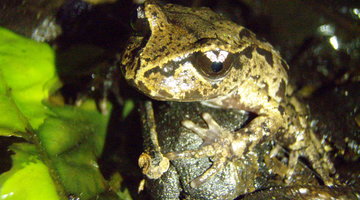
In this activity, students take on the role of a native frog, native bird or introduced mammalian predator and participate in a physically active simulation. The activity highlights different ...
READ MORE
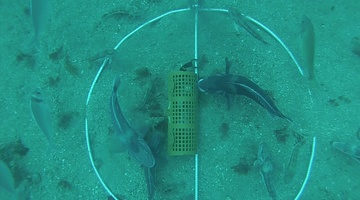
Come and visit Aotearoa New Zealand’s underwater world in this online citizen science project. Discover, count and identify unique fish species that live within our marine reserves ...
READ MORE
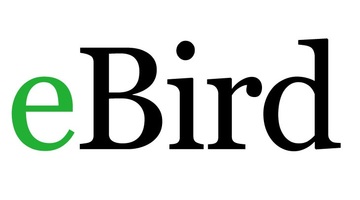
This comprehensive worldwide online citizen science (OCS) project collates bird species, numbers, locations and times of sightings into a large database. You can create a class as a user and, by ...
READ MORE

iNaturalist logs hundreds of thousands of photos of flora, fauna and fungi. There are even sound recordings too. Each is described and geo located. iNaturalist is used by citizens and scientists ...
READ MORE

New Zealand is well known for its unique bird life. Our endemic birds evolved in an isolated, island environment. The arrival of people, the deliberate and accidental introduction of mammalian ...
READ MORE
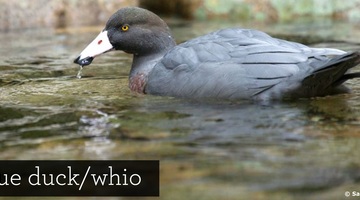
In this recorded professional learning session, Shanthie Walker from DOC and Lyn Rogers explore why the whio/blue duck is so important to New Zealand. They use the Department of Conservation Whio ...
READ MORE

In this recorded professional learning session, Shanthie Walker from DOC and Lyn Rogers continue to explore why the whio/blue duck is so important to New Zealand and why it is so endangered. They ...
READ MORE
Our native forests – ngahere – have complex ecosystems. These ecosystems are under threat from introduced wasp species. In this episode of Project Mātauranga, Associate Professor Jacqueline Beggs ...
READ MORE
Researcher Rosa Henderson from Landcare Research NZ Ltd introduces the tiny scale insects and talks about their role in the ecosystem.
READ MORE
Dave Kelly the of University of Canterbury explains why native mistletoes are declining. He also talks about the research that he and Jenny Ladley carry out in Craigieburn Forest Park in the ...
READ MORE
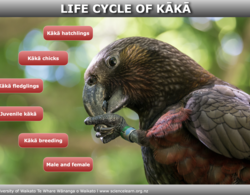
Explore the life cycle of the kākā from egg to adulthood by selecting the labels for further information.
READ MORE

We can use our senses to identify birds – there are lots of clues. Please check the speaker notes that accompany the slides. They contain activity instructions, prompting questions and teaching ...
READ MORE

Ka taea e tātou te whakamahi i ō tātou rongo ki te tautohu manu – e hia nei ngā tīwhiri. Me maumahara ki te tirotiro i ngā taipitopito kei te taha o ngā kiriata. Kei roto ko ngā tohu ngohe, ko ...
READ MORE